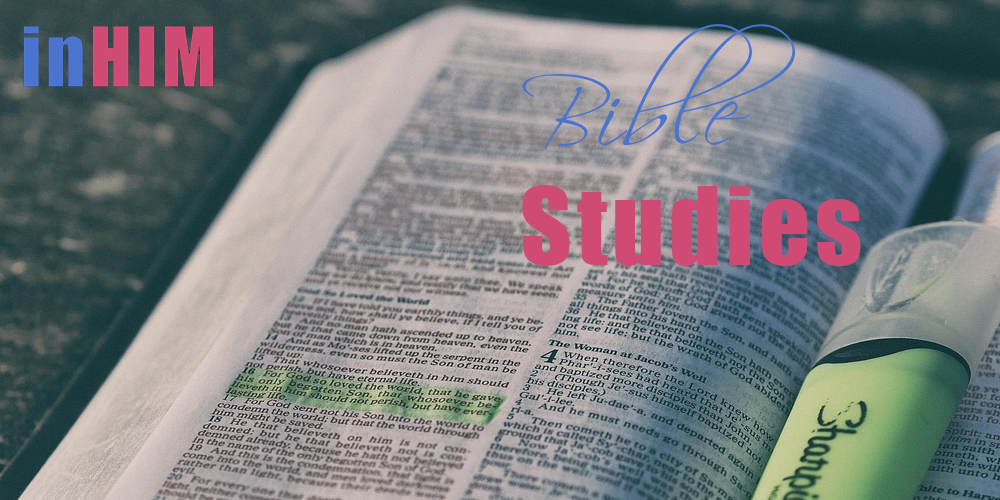Bible Study: Genesis 1:5–31
The Wonder of Creation
Introduction
Genesis chapter 1 is not just a story about beginnings—it is a declaration of divine order, purpose, and relationship. It answers not only what was created, but also why and for whom. In verses 5–31, we witness the unfolding of the created world—light and darkness giving way to life in its many forms, climaxing in the creation of humankind.
1. The Days of Creation (vv. 5–25)
A. The Order of Creation
Genesis 1:5–25 reveals God’s creative pattern—order out of chaos, structure out of void. Each day builds upon the previous, moving from form to fullness:
- Day 1: Light and darkness (v.5)
- Day 2: Sky and waters (vv.6–8)
- Day 3: Dry land, seas, and vegetation (vv.9–13)
- Day 4: Sun, moon, and stars (vv.14–19)
- Day 5: Creatures of the sea and birds of the air (vv.20–23)
- Day 6: Land animals and humankind (vv.24–31)
The Hebrew verb “bara” (בָּרָא), translated create, is used exclusively for God’s activity. It denotes creation out of nothing—ex nihilo. This shows that creation was not a random cosmic accident, but the intentional act of an all-wise God.
B. “After Their Own Kind” – The Pattern of Life (vv. 11–12, 20–25)
In verses 11–12, 20–25, the repeated phrase “after their own kind” (Hebrew: לְמִינֵהוּ – leminéhu) emphasizes order, boundaries, and stability in God’s design.
Plants, birds, fish, and land animals were all created to reproduce within their own kind—a built-in biological law that maintains identity and integrity in creation.
Lesson: Every creature remained true to its kind. Yet, humankind—made in the image and likeness of God—chose rebellion, striving to redefine and remake itself apart from God’s intent.
This raises a moral reflection: if creation itself remains faithful to its design, how much more should those made in God’s image remain faithful to His likeness? Our confusion about identity, especially in areas like sexuality and gender, mirrors humanity’s spiritual disobedience. Creation reminds us that God’s order is good, and deviation from it leads to brokenness.
2. “Let Us Make Man” – The Divine Council (v. 26)
The phrase “Let us make man in our image, after our likeness” is profound. The plural “us” and “our” in Hebrew (נַעֲשֶׂה – na‘aseh) has long intrigued scholars.
Three main interpretations exist:
- The Trinity: Many Christian theologians see in this a glimpse of the Triune God—Father, Son, and Holy Spirit—cooperating in creation.
- The Heavenly Court: Others suggest it refers to God addressing His heavenly hosts, though the act of creation itself remains His alone.
Either way, the text reveals divine relationship and communication at the heart of creation. God is not solitary; He is communal—a fellowship of love. Humanity, made in His image, is therefore designed for relationship—with God and with one another.
3. The Image and Likeness of God (v. 27)
“So God created man in his own image, in the image of God he created him; male and female he created them.”
The Hebrew words tselem (צֶלֶם – “image”) and demuth (דְּמוּת – “likeness”) point to representation and resemblance. Humanity reflects God’s character, reason, morality, creativity, and authority.
How wonderful, indeed, that we are made in the image and likeness of God! This gives us immeasurable value and dignity—not because of what we do, but because of whose image we bear.
Notice the clarity of God’s design:
“Male and female He created them.”
There are no blurred lines or “in-between” categories here. God’s creative act defines human identity as male and female—complementary and complete. Modern confusion about gender identity finds no support in the biblical text; God’s design was intentional, good, and sufficient.
4. Humanity’s Role – Stewards of Creation (v. 28)
“Be fruitful and multiply, and fill the earth and subdue it; have dominion over the fish of the sea, the birds of the air, and every living thing that moves on the earth.”
Here, the first divine commission is given to humankind. The Hebrew verbs kabash (כָּבַשׁ – “subdue”) and radah (רָדָה – “rule”) imply responsible stewardship, not exploitation.
We are caretakers, not owners. God remains the true owner of creation (Psalm 24:1), while we manage it on His behalf. Yet, when we look around today—pollution, deforestation, extinction, and environmental crisis—we must admit we have failed in our stewardship.
Reflection: We were created to represent God’s rule in creation, but instead, we’ve often acted as its destroyers. The command to “rule” was never meant to dominate or abuse, but to cultivate and care, mirroring God’s benevolent governance.
5. The Goodness of Creation (vv. 29–31)
Six times in Genesis 1, God calls creation “good.” But after creating humankind, the verdict changes:
“Then God saw everything that He had made, and indeed, it was very good.”
The phrase me’od tov (מְאֹד טוֹב) — “very good” — signals completeness and satisfaction. God delighted in His work. The world, as originally made, was harmonious, beautiful, and flourishing.
This teaches us that goodness is rooted in God’s design, not human preference. When creation aligns with His will, it reflects His glory.
Theological Summary
| Theme | Truth | Application |
|---|---|---|
| Order in Creation | God creates with purpose and sequence. | God is not a God of confusion (1 Cor. 14:33); our lives should reflect divine order. |
| Image of God | Humans reflect divine nature. | Our worth and identity come from God, not culture. |
| Male and Female | God’s design is intentional and complete. | Respect the boundaries of God’s creation. |
| Stewardship | Dominion means care, not exploitation. | Be faithful managers of what God has entrusted. |
| Goodness of Creation | Everything God made was very good. | Rejoice in God’s design and live within it. |
Conclusion and Message
Genesis 1:5–31 is a hymn of divine wisdom, a tapestry of order, purpose, and beauty. Every “kind” of creation bears witness to God’s faithfulness, and every human life bears His image.
When we distort that image—through pride, rebellion, or moral confusion—we lose sight of who we were made to be. Yet, the message of creation still stands: God made all things good, including us.
Let us, therefore, return to our design—faithful to our kind, humble in our stewardship, and grateful for being made in His likeness. Creation calls us back to the Creator.


